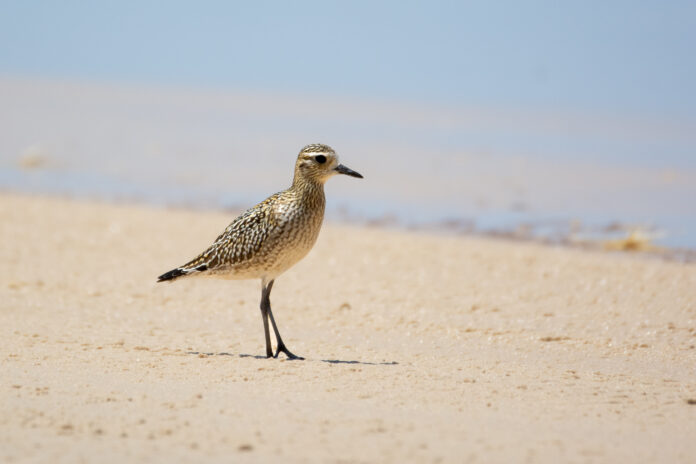A Sunshine Coast councillor has moved to alleviate dog owners’ concerns at a popular beach, after a five-year plan to protect shorebirds was endorsed.
Taylor Bunnag took to social media in an attempt to clear the air amid speculation that pets have been prohibited from North Shore.
“I’ve read on community pages (that) dogs have been banned at North Shore,” he said.
“Misinformation.”
Cr Bunnag said the Shorebird Conservation Plan 2025-2030 would allow the council to map high-value shorebird habitat at places like the North Shore river mouth, limit impacts on shorebirds in high-value areas during seasonal periods, collect data and work with agencies to help reduce impacts on shorebirds caused by jet-skis and boats at places like Goat Island, and provide for advocacy on shorebird conservation more broadly.
Want more free local news? Follow Sunshine Coast News on Facebook, LinkedIn and Instagram, and sign up for our FREE daily news email.
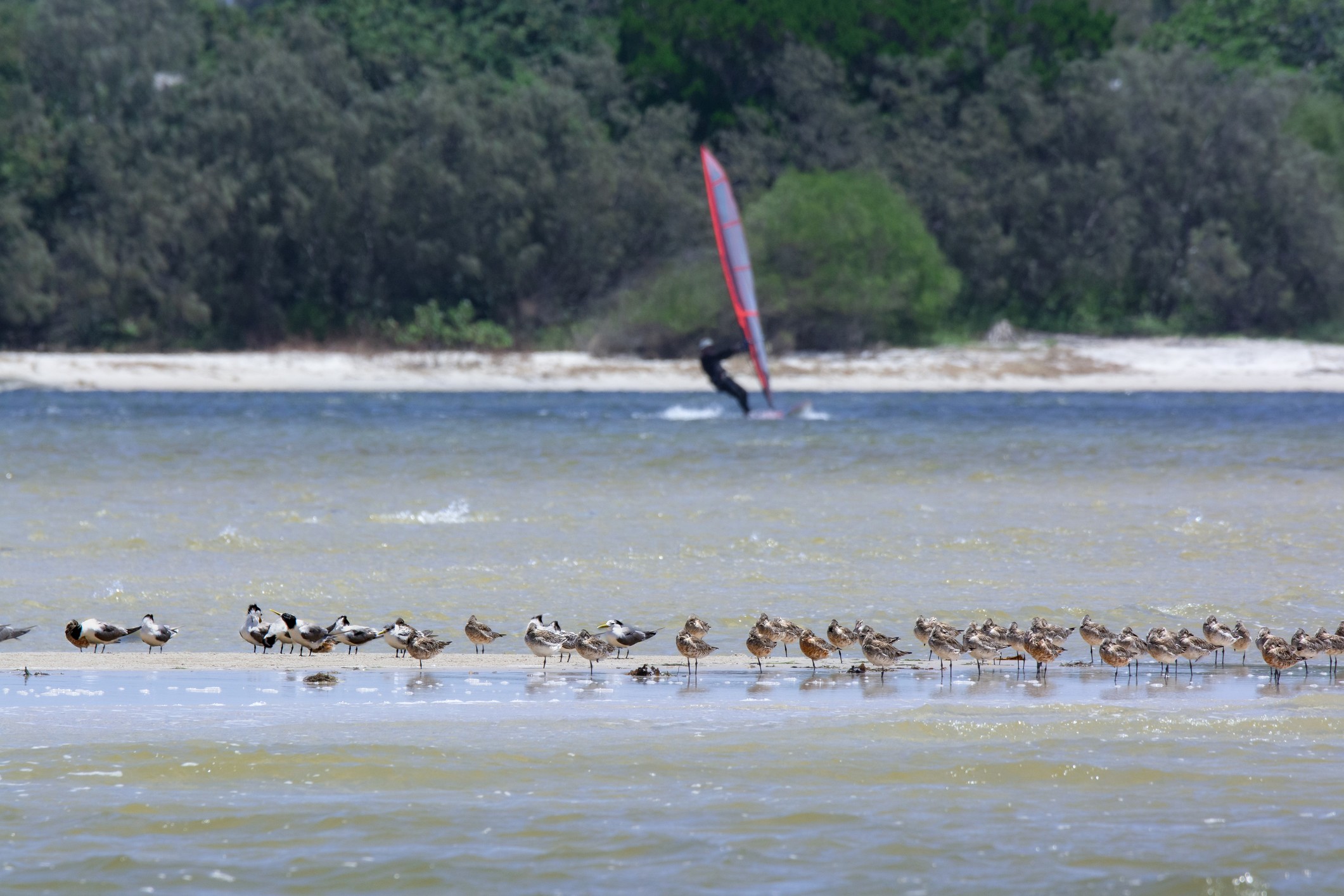
“(The plan is) about striking a balance for our environmental values and our recreational values,” he said.
“What does the plan not do? Ban dogs from the North Shore dog beach.
“I know there was a lot of community angst during the consultation process for this plan, that the whole of North Shore would be closed to dogs.”
The shorebirds plan will provide input for the contentious Draft Dog Exercise Area Regional Plan and Network Blueprint, which is yet to be considered by council.
Mr Bunnag said proposed changes would actually benefit dog owners who visit the beaches just to the north of Maroochy River.
“The Dog Exercise Area Regional Plan proposes a small seasonal closure at the river mouth and a new off-leash space at Mudjimba between beach accesses 127 and 130,” he said.
“If endorsed, this means more off-leash space but in a less impactful area.”
While the shorebird plan does not appear to provide detailed actions, it does set a framework for conservation.
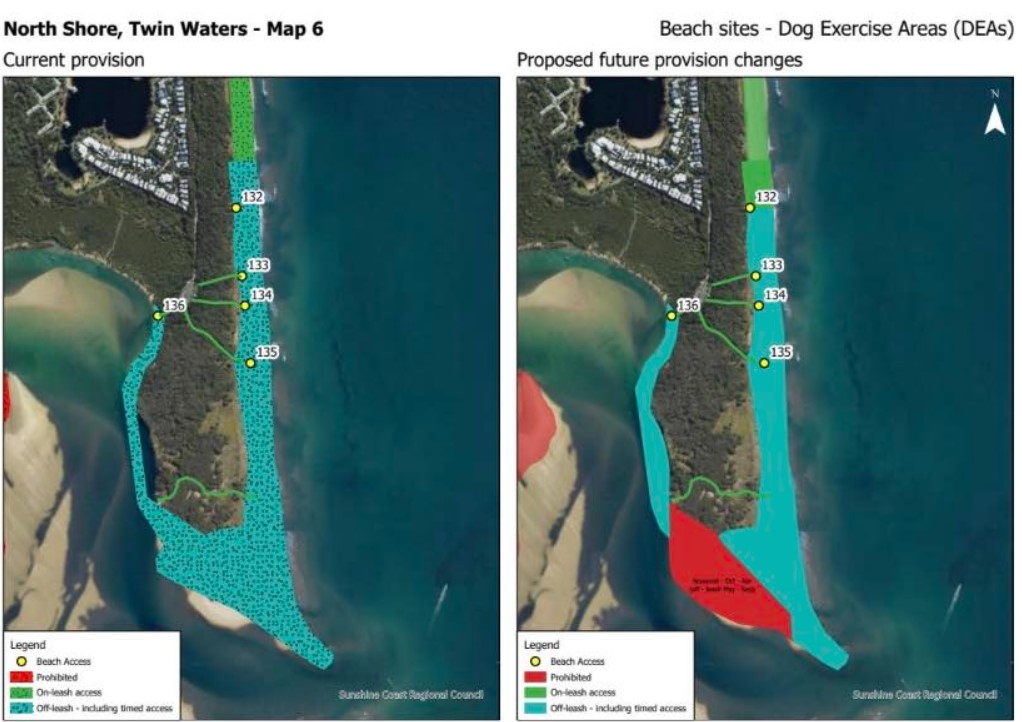
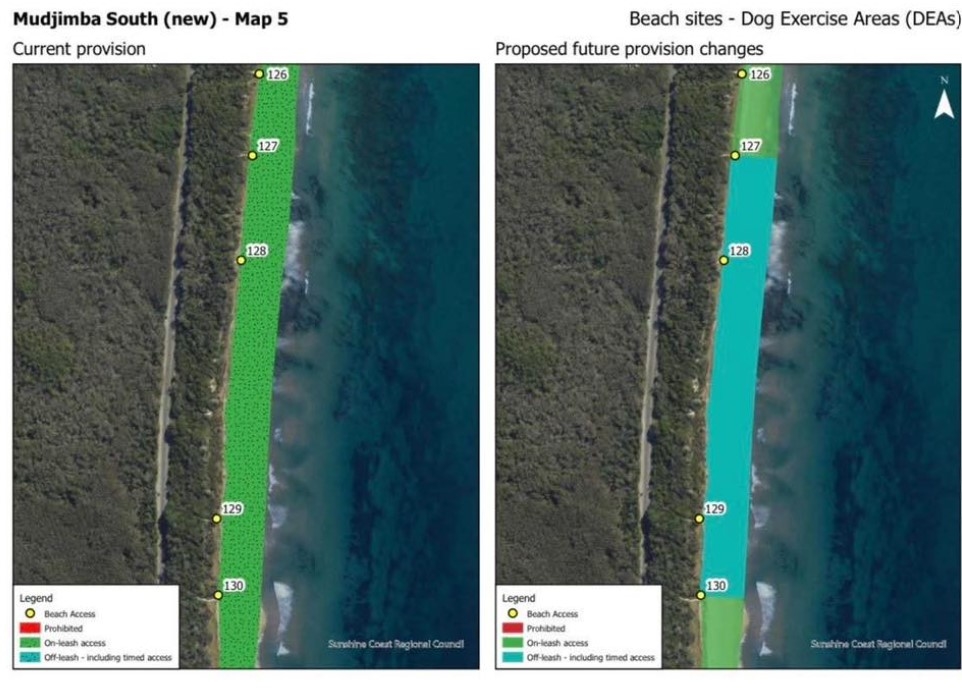
It prioritises reducing disturbance at high-value roost sites, improved signage and education and the integration of shorebird-safe recreation planning including alignment with the upcoming Dog Exercise Area Regional Plan.
Related story: Signs to be reinstalled at dog beach for shorebirds campaign
A council spokesperson said the plan “advocates for high-value shorebird habitats to be recognised and protected through existing legislation and planning frameworks, which may influence future management of dog access in sensitive areas”.
Councillor Maria Suarez said shorebirds “are in serious trouble locally and globally”.
“This plan is about making small but powerful local changes so we can continue to enjoy our coast while protecting the wildlife that makes it so special,” she said.
Migratory shorebirds are among the world’s most threatened bird species, flying more than 10,000km from Siberia to the Sunshine Coast each year. They rely on the sandbanks of the Pumicestone Passage and Maroochy River to rest, feed and conserve energy for their return journey.
Councillor Joe Natoli said during the council’s monthly ordinary meeting last week that dogs posed significant risks to shorebirds.
“If I personally had my way, I would ban all dogs from beaches,” he said. “The beaches and the tidal zones the natural environment for shorebirds. It’s not the natural environment for dogs, the two don’t mix.”
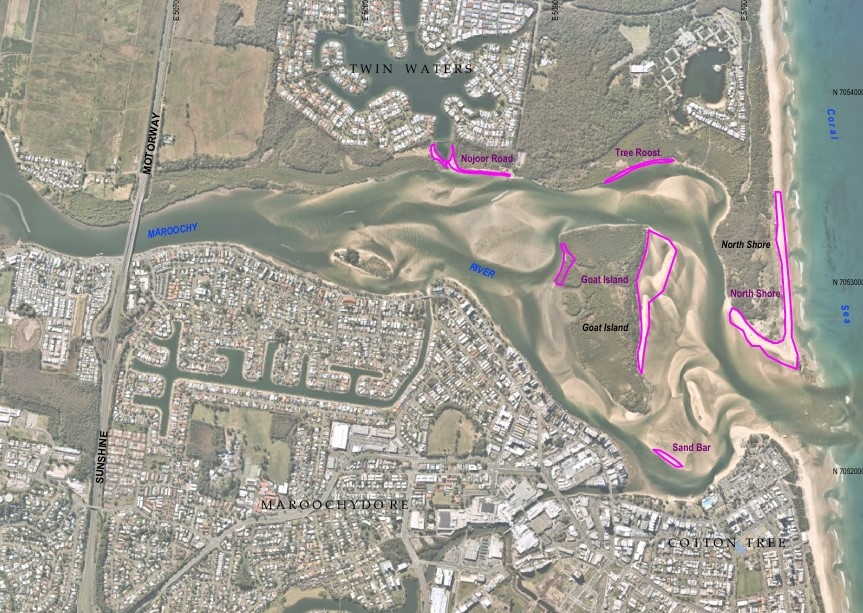
But there was significant pushback among locals.
About 34 per cent of more than 700 responses during a community consultation phase opposed the plan.
Ten out of 11 councillors supported it, but Terry Landsberg did not.
“I’ve had a pretty strong position around public use and access to a lot of the rocky foreshores in Caloundra, the Pumicestone Passage (and) the headland at Moffat Beach,” he said.
“For me, this plan really is going to guide a lot of outcomes in regard to public access to those areas that are critical for our community.
“We don’t know what the Pumicestone Passage is going to look like after a $20 million dredging program and building a protective barrier to protect Golden Beach and, obviously, more specifically, what those roosting sites would look like in the passage.
“I can’t support this on the basis that I believe there’s much more work we need to do to understand the movements of shorebirds.
“They’re a threatened species but for me there’s got to be a balance between our communities, in terms of accessing areas, public recreational opportunities, and protecting our environment. For a division that’s going to be hugely impacted by supporting this document, I can’t.”
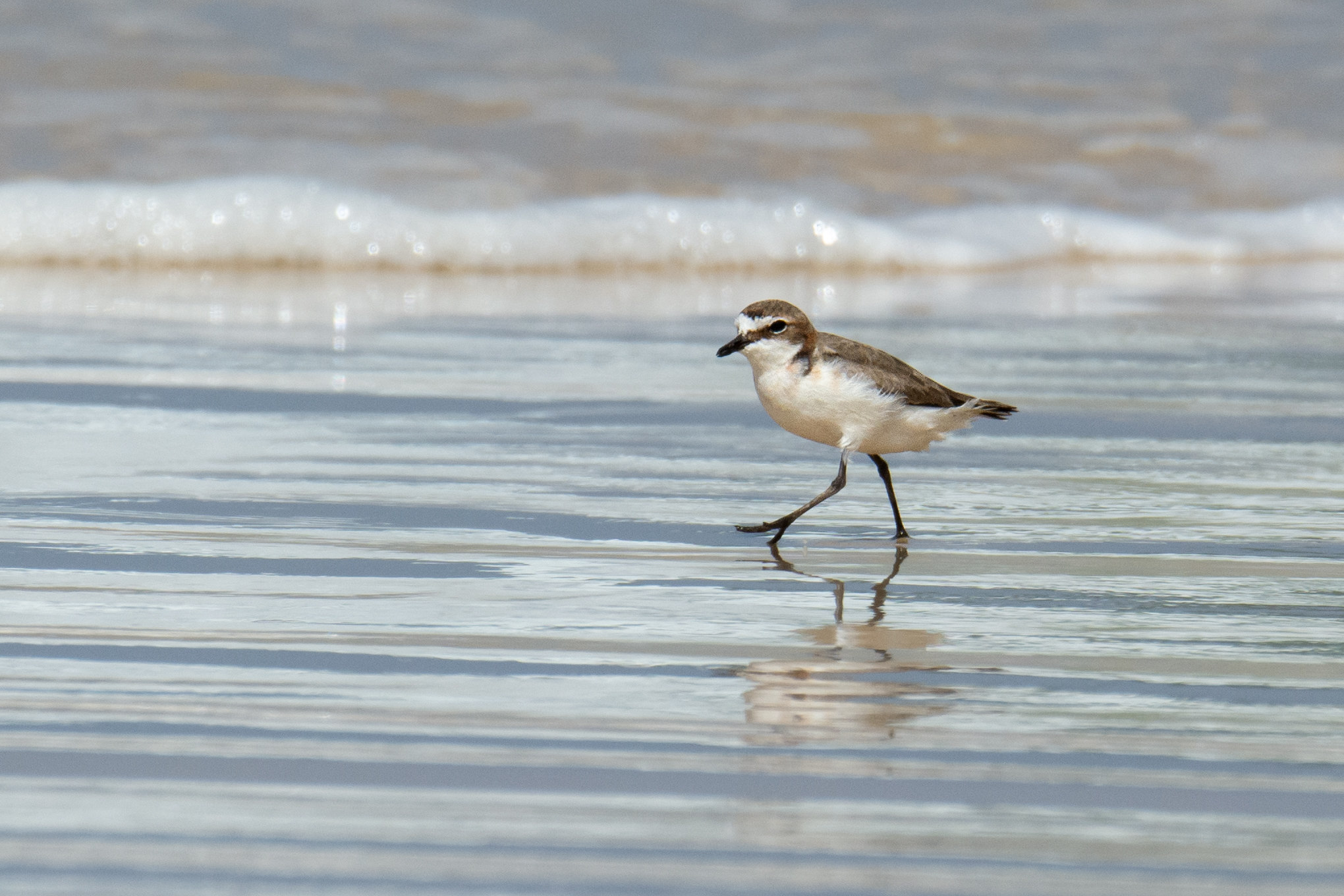
The Shorebird Conservation Plan 2025-2030 and the Dog Exercise Area Regional Plan and Network Blueprint are available on council’s website.


